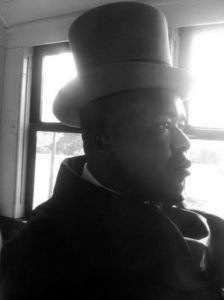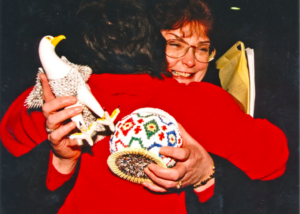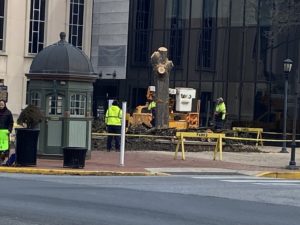Stories of the wounded and dying at Gettysburg’s Spangler Farm
George Spangler Farm
488 Blacksmith Shop Road, Gettysburg
Ron Kirkwood comes back to WitnessingYork.com with some reflections about his second book on stories about the famed George Spangler Farm in Gettysburg. Ron and wife Barb lived in York County for 39 years before moving to the Pittsburgh area in 2023 to be closer to family. Here’s the Witnessing York piece he wrote on his first book on the Spangler farm: Gettysburg’s Spangler Farm: Field hospital testifies to battle’s human cost – Witnessing York. His two books detail the role the Spangler Farm played in the Battle of Gettysburg and as a hospital when the fighting stopped.
The situation
One of my favorite parts of writing the sequel to my 2019 book on the George Spangler farm was finding and getting to know the descendants of that farm. I didn’t know a single one of them when “Too Much for Human Endurance”: The George Spangler Farm Hospitals and the Battle of Gettysburg was published. I often wondered about them. Who are they? Where are they? Do they know their ancestors’ farm was critical to George Meade’s victory at Gettysburg? Do they know the farm hosted corps and division hospitals with thousands of wounded and dying men while George and Elizabeth Spangler and their four children lived five weeks crammed together in one upstairs bedroom of their house while their farm was occupied?
So I set out in January 2021 to find them. And now, three years after that search began and with the June 2024 release of the sequel “Tell Mother Not to Worry”: Soldier Stories From Gettysburg’s George Spangler Farm, I have my answers. No, 95 percent of them did not know they are descended from George and Elizabeth Spangler. No, they had no clue as to the importance of the Spanglers’ farm. Even those descendants who literally grew up right across the road from modern-day National Park Service land had no idea.
But once they were found and informed, they became excited and involved and eagerly spread the word to other family members. So many descendants of Spangler kids Harriet, Sabina and Daniel requested a gathering at the farm of all three lines that the first Descendants Day took place in June 2022 for 63 direct descendants of George and Elizabeth and a total crowd of more than 100. Descendants at the gathering ranged from 2X to 5X great-grandchildren and from 7 months old to 90 years old and they traveled to Gettysburg for the event from California, Kansas, Illinois, Kentucky, South Carolina, Maryland, New York, Vermont, and all over Pennsylvania. Adams County was heavily represented, as many unknowingly stayed close to their Spangler roots.
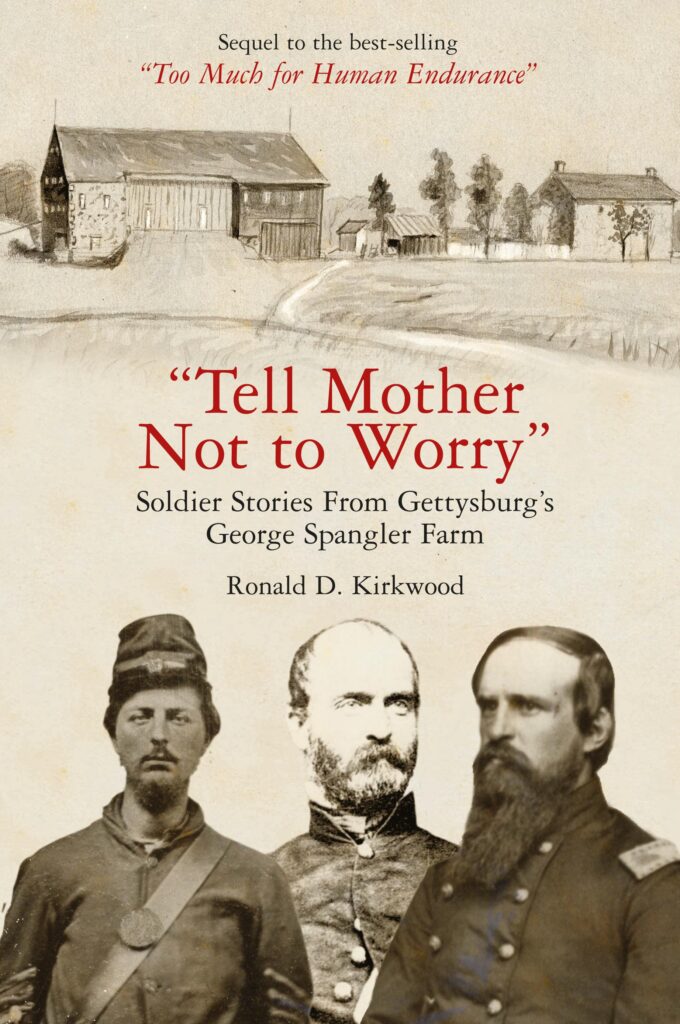
Spangler is one of the most common family names in York County dating to its founding in the 1700s to the point that the area of the modern-day York Airport in Jackson Township was once known as Spangler Valley because Spangler families covered the countryside. While the name remains common here today, there are few direct descendants of George and Elizabeth Spangler in York County, and those who are there do not bear the Spangler last name. Those in York County named Spangler today are cousins of George and Elizabeth. The only Spangler son of George and Elizabeth with descendants today was Daniel, and his Spangler namesakes are mainly in Kansas, where he moved after the Civil War.
One prominent descendant of Gettysburg’s George and Elizabeth Spangler in York County is their 3X great-grandson Kent Ketterman, senior vice president, director of commercial real estate for PeoplesBank. He and wife Tawn, a retired York Suburban School District administrator, reside in Spring Garden Township. Kent’s father, Paul, also was a banker, working 50 years in Gettysburg, and retired as senior trust officer of Adams County National Bank. To further emphasize the strong family banking tradition, Kent’s Aunt Carolyn married Ron Hankey, the longtime and now-retired president of Adams County National Bank. 2X great-grandson Paul and Kent are descended from the Spanglers’ daughter, Sabina, who was 19 when the family farm was occupied during the battle and the six of them were crammed into that bedroom. Both Ketterman men and their families are active participants in Spangler descendant events in Gettysburg today.
The last chapter of the newly released “Tell Mother Not to Worry” is devoted to these descendants of George and Elizabeth Spangler, the genealogical journey of tracking them down and their bond with the ancestral farm today. Though it’s the finale in chronological order, this chapter was one of the first written, even while I was deciding whether to do a Book 2.
Publisher Ted Savas used to jokingly/not jokingly threaten to break my first book into two if I kept sending him material, so I had good stuff left over that either got left out or abbreviated in Book 1 because of space concerns. For example, the stories of eight men from the 154th New York in one tent at Spangler – five of whom died – got squished into two paragraphs in Book 1. In Book 2, this tent of suffering has three chapters devoted to it. Now I can tell their dramatic stories in detail. This book gives me room to run. Now I can focus on the stories of the soldiers at Spangler. This book was a go.
The witness
One of the most important parts of “Tell Mother Not to Worry” for me other than the Spangler descendants is not only the stories of the wounded and dying men at the XI Corps hospital but also the suffering in many cases of their mother, wife, and children left behind. Just about everything that happened at Spangler impacted a loved one back home or the soldier for the rest of his life. An amputation might have saved a soldier’s life, but it didn’t end his suffering. That lasted until he died. Many of these men were not well when they arrived in Gettysburg anyway, with the often-deadly chronic diarrhea inflicted by the Army lifestyle and poor diet being the main complaint. Reading their pension files at the Archives in their own words opens your eyes to suffering that often lasted decades. Reading the pension applications of someone left destitute by the death of their son or husband at Spangler, one can only feel compassion and sympathy as they beg for and sometimes demand financial assistance from the government to ease their pain.
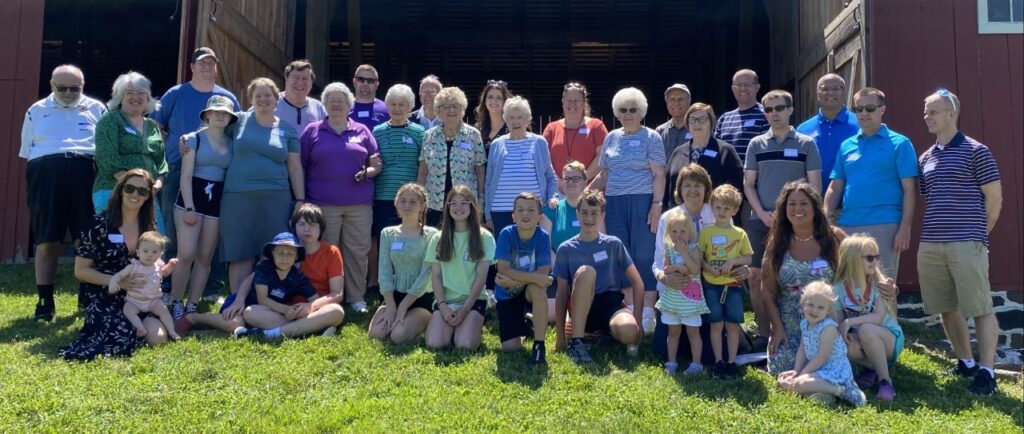
This book also continues to describe more sad and gory scenes and smells at the XI Corps and 1st Division, II Corps hospitals on Spangler land. One soldier who had an arm amputated before arriving at Spangler describes what it felt like to wake up during that amputation when the chloroform wore off. New information is added to such familiar faces as Confederate Brig. Gen. Lewis Armistead, Capt. Fred Stowe, Dr. Henry Van Aernam, Nurse Marilla Hovey, and the men of the Artillery Reserve plus there are dozens of new stories of the suffering and courage of surgeons, chaplains, ambulance drivers, the wounded, the dying, and the Spanglers. It seems with this farm all you have to do is look and the stories – and books – keep coming to you.
The modern-day, 80-acre George Spangler Farm & Field Hospital is owned by the Gettysburg Foundation and draws thousands of visitors each year in addition to the descendants. The Foundation opens the farm to the public from 10 a.m. to 3 p.m. on Fridays, Saturdays and Sundays in June, July and early August with living historians and guides present. A ticket and short bus ride to the farm can be purchased at the Gettysburg National Military Park Visitor Center. The Foundation offers free admission and free parking at the farm on Family Days on the Saturdays before Memorial Day, Labor Day and Columbus Day with the extra bonus on those days of free Mr. G’s ice cream.
Both Spangler books are available at Civil War and More in Mechanicsburg, all over Gettysburg and online at Barnes & Noble, Amazon and elsewhere.
The questions
In this article, Kirkwood dives into the realities that time and distance has on family structures. Our bonds loosen to the point that we may pass a third cousin in the produce section of the grocery stores and not even know of the relation. What has your family done to preserve those kinship ties? Has the internet played a role in those relationships? If so, how?
Related links: Civil War historian Scott Mingus interviews Ron Kirkwood about his Sparngler Farm work in this piece published on the York Daily Record’s Yorkblog.com: Excellent new Gettysburg book from a York countian. Photos courtesy of Ron Kirkwood.
— By JAMIE NOERPEL and JIM McCLURE

